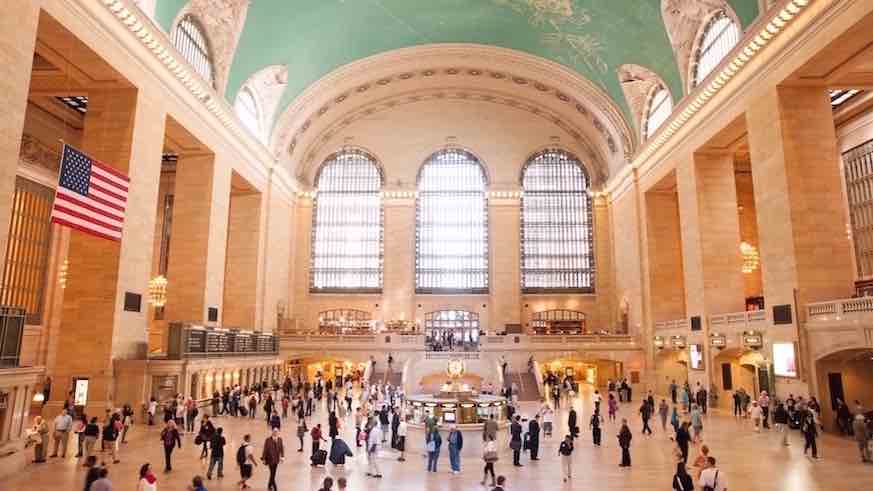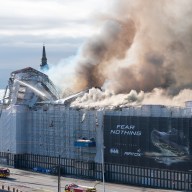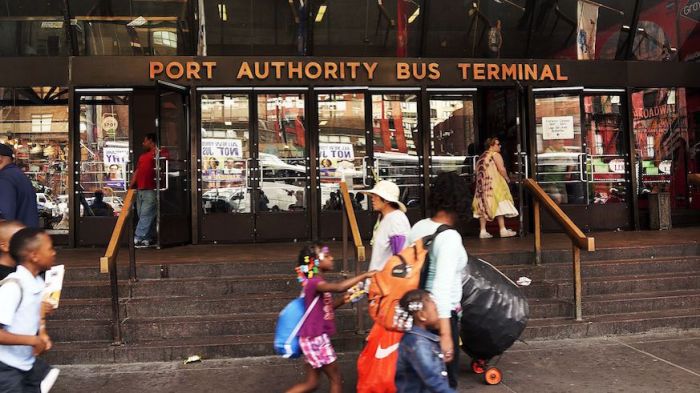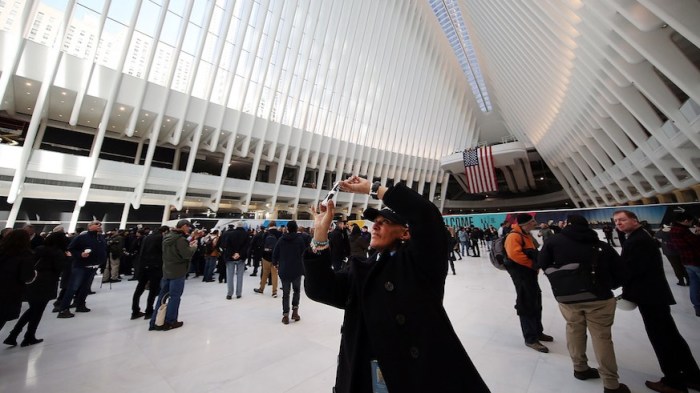Let us all rejoice in celebrating the 105th Anniversary of Grand Central Terminal, which first opened on Feb. 2, 1913. Contrast this with the late, great Penn Station Terminal which was destroyed in the name of progress in 1962. Fast forward, 56 years later. Penn Station is still a shell of its former glory. There is no natural lighting, decent food court, gourmet food shops, upscale stores or quality restaurants. Most Long Island Rail Road and New Jersey Transit commuters rush in and out each day. Grand Central Terminal has high ceilings, natural light, a food court, gourmet food shops, upscale stores and great restaurants such as the Oyster Bar.
Not only do Metro North commuters have a real terminal, but they are joined on a daily basis by thousands of people who work nearby and patronize the great food court, quality restaurants and stores. LIRR commuters just have a station. Few people who work near Penn Station stop by during the day to patronize any of its commercial establishments.
LIRR riders will be lucky if the MTA’s Eastside Access project provides a direct connection to Grand Central Terminal via the 63rd Street tunnel and reaches beneficial use by December 2023. We can then join our Metro North comrades in utilizing this great institution to and from work.
Perhaps it might be useful in 2018 to look for other low-cost, easy-to-implement alternatives in the short run. Consider transit riders’ disappointment that a proposal submitted by one of NYC’s developers, Vornado Realty Trust, to pay for construction to reopen the old Hilton Corridor, also known as the Gimbel’s passageway was never completed. They had offered to do this in exchange for a city zoning variance to construct a high rise office building at 7th Avenue and 32nd Street. While the zoning variance was approved, Vornado Realty Trust never moved forward with construction of a high rise office building. This was due to a weak market for potential renters.
Until the 1980s, both LIRR and New Jersey Transit riders exiting east at Penn Station had a direct underground passageway known as the Hilton Corridor. It was also known as the Gimbel’s passageway. Gimbels was Macys chief competitor at Herald Square. They closed in 1986. This passageway still stands dormant. It is a forgotten underground link between Penn Station and Herald Square. It was once a 800-foot pedestrian concourse providing an indoor connection to the 34th Street Herald Square IND and BMT subway, along with PATH station complex. Further, there was an adjoining nearby underground passageway starting at 34th street which ran along 6th Avenue, going as far north as 42nd Street. Many avoided the rain and snow by using this indoor path. Both passageways were closed many decades ago by NYC Transit and the LIRR, due to security issues. If reopened today, Amtrak riders along with New Jersey Transit and LIRR commuters would have easy underground connections to the Broadway N, R, Q & W and 6th Avenue B, D, F & M subway lines along with PATH, rather than walking outside on the street exposed to both inclement weather and heavy vehicular traffic. By using either the subway or walking, riders would have direct access to both midtown and East Side Manhattan along either the Broadway, 6th Avenue, 42nd, 53rd, 59th or 63rd Street corridors, served by numerous subway lines and stations. Why wait for the LIRR to provide access to Manhattan midtown eastside via Grand Central Terminal? The most recent recovery schedule for the LIRR Eastside Access project calls for revenue service opening to the public starting in December 2023. How disappointing that the old Hilton corridor, which previously provided transit options for thousands of rush hour commuters remains unused after so many decades.
The Vornado Trust developers’ proposal to reopen and widen it from some points where it narrows to 9 feet was $50 million. Converting the total length to 15 feet wide could cost up to another $100 million. This seems like a reasonable investment of $150 million out of a $32 billion 2015 – 2019 Capital program plan for a significant transportation improvement that could benefit thousands of transportation riders. There is still time for the MTA to consider amending the 2015-2019 Capital Plan and add funding for this project. If Governor Cuomo can find $2.6 billion in new money for LIRR Main Line Third Track, why can’t he find $150 million for reopening this passageway? Construction could be completed within a year or two versus six or more years for LIRR East Side Access to Grand Central Terminal. Diogenes is searching for the first public official or MTA Board member to speak out in favor of this project.
Larry Penner is a transportation historians and advocate who previously worked 31 years for the US Department of Transportation Federal Transit Administration Region 2 NY Office.

















